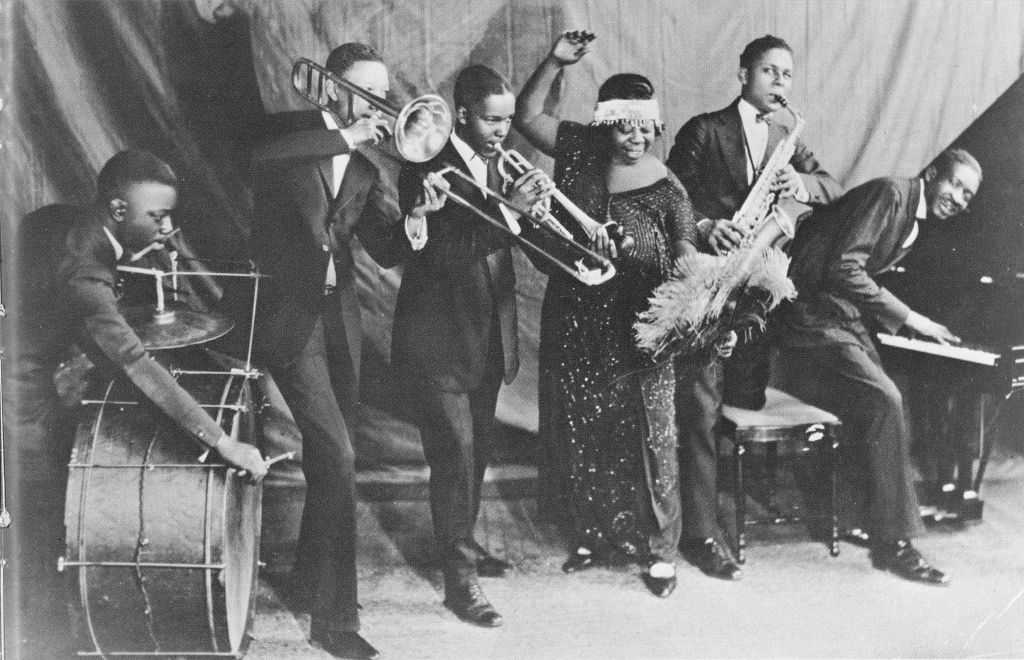
Source: Michael Ochs Archives / Getty
The concept of Pride with celebrations, parades and galas, hasn’t always been accepted. —And not every member of the LGBTQ+ community has always felt completely comfortable being completely out. In fact, a survey sponsored by AARP found that half of the Black LGTBQ+ respondents do not feel comfortable being themselves in many settings.
For members of the Black LGBTQ+ community, homophobia wasn’t the only battle they had to fight. For centuries, racism had to be their first priority and they did not have the luxury of promoting freedom of sexuality as early as white people did. That’s why it’s so important this month to look back and remember some of the important people and moments in Black LGBTQ+ history.
1913: Interracial Lesbian Relationships Emerge
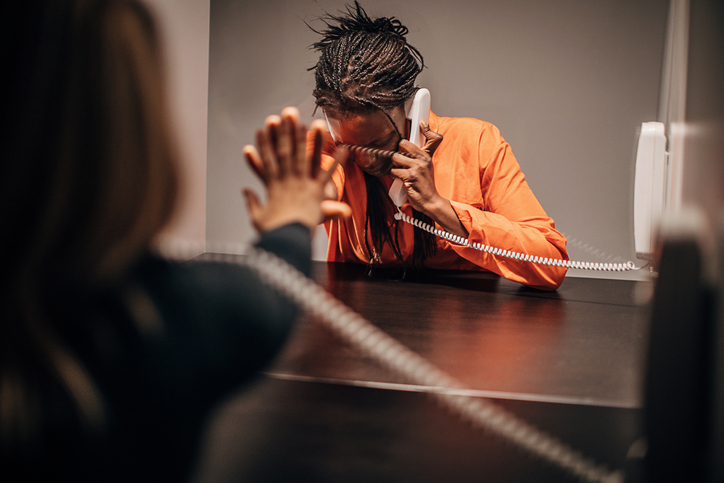
Source: South_agency / Getty
In the year 1913, interracial relationships between women were being investigated at the New York Bedford Hills Reformation for Women. The findings were made public in The Journal of Abnormal Psychology. As the publication’s name suggests, psychologists at the time believed the relationships were a symptom of a mental illness. However, the publication of these stories would spark a nationwide trend towards more interracial gay relationships, according to a report from Sarah Lawrence College.
1927: Black Gay Clubs Open In Harlem
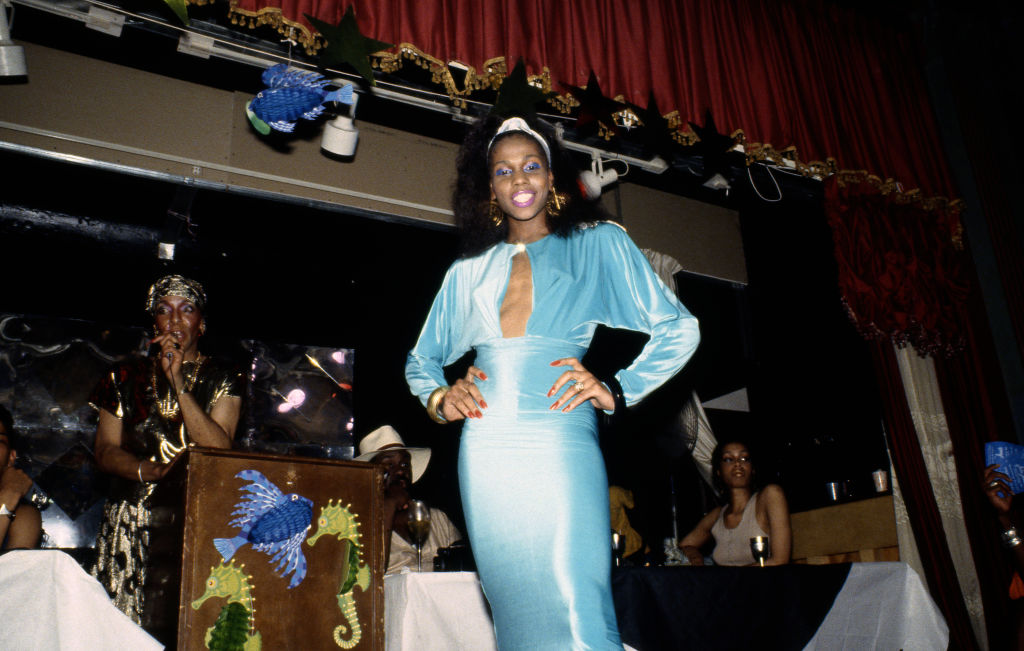
Source: Catherine McGann / Getty
In 1927, Harlem became the underground epicenter for gay culture in New York. Police started circling reports of nightclubs catering to Black homosexual men. But their findings were only the surface of the gay culture in the area. Ethel Waters, a well-known Black and lesbian performer at the time, lived in the area and was a staple in the Harlem lesbian scene. The Renaissance Casino in Harlem was well known to be a gay spot during that time. And, according to History.com, several establishments in the area started to produce what we now know as drag shows. To this day, Harlem is often discussed in books about Black LGBTQ+ history.
1928: An Arrest For Homosexuality
Augustus Dill was a businessman, author and scholar who studied at Harvard University. He also enjoyed mentorship and employment from W.E.B. Du Bois. Dill wrote many academic papers on race relations, as well as a children’s book intended to help Black children improve their self-esteem. In 1928, Dill was arrested for “homosexual activities.” Du Bois fired Dill immediately after his arrest but later wrote that he regretted doing so.
1928: A Lesbian Song By A Black Singer
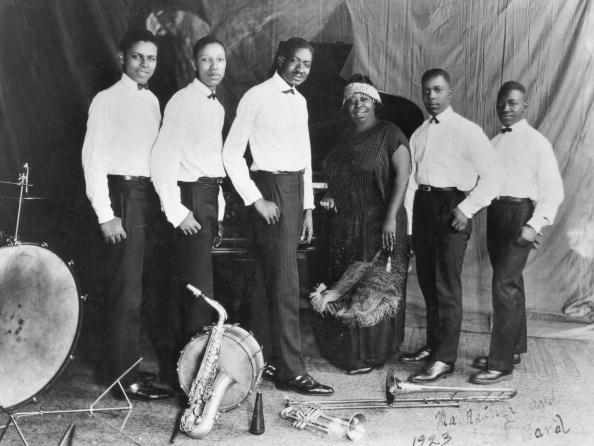
Source: Michael Ochs Archives / Getty
Ma Rainey was one of the most influential Blues singers of our time and was even called “The Mother of Blues.” Rainey primarily wrote songs about heterosexual relationships. However, in 1928, she put out “Prove It On Me,” a song that alluded to lesbian relationships. Below are lyrics from the song:
They said I do it, ain’t nobody caught me/
Sure got to prove it on me/
Went out last night with a crowd of my friends/
They must’ve been women, ’cause I don’t like no men/
It’s true I wear a collar and tie/
Makes the wind blow all the while …
Following the release of the song, The Chicago Defender ran an ad for it, portraying Rainey in masculine attire, flirting with females. This was a stand-out moment in Black LGBTQ+ history.
1938: The First LGBTQ+ Neighborhoods
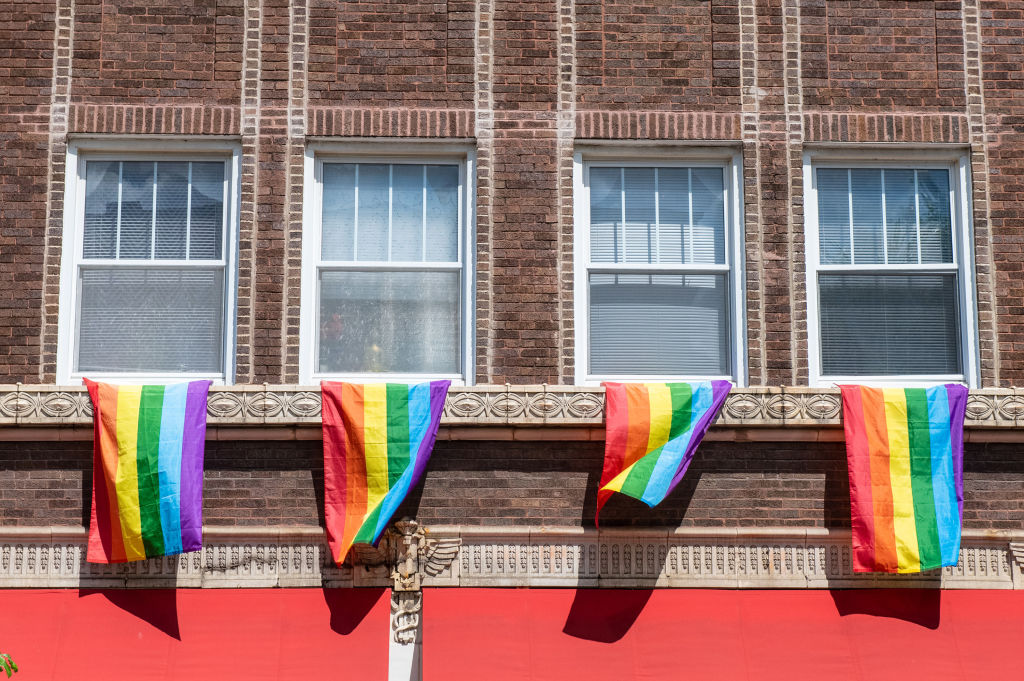
Source: Timothy Hiatt / Getty
1938 would be the year the public first heard rumors of “gay neighborhoods” in Black communities. During this time, Sociologist Conrad Bentzen published an essay called “Notes on the Homosexual in Chicago,” in which he described neighborhoods where sexuality was “complicated.” He believed the blurring of these lines occurred because those same neighborhoods were homes to both Black and white individuals.
1986: Bayard Rustin Supports The New York Gay Rights Bill
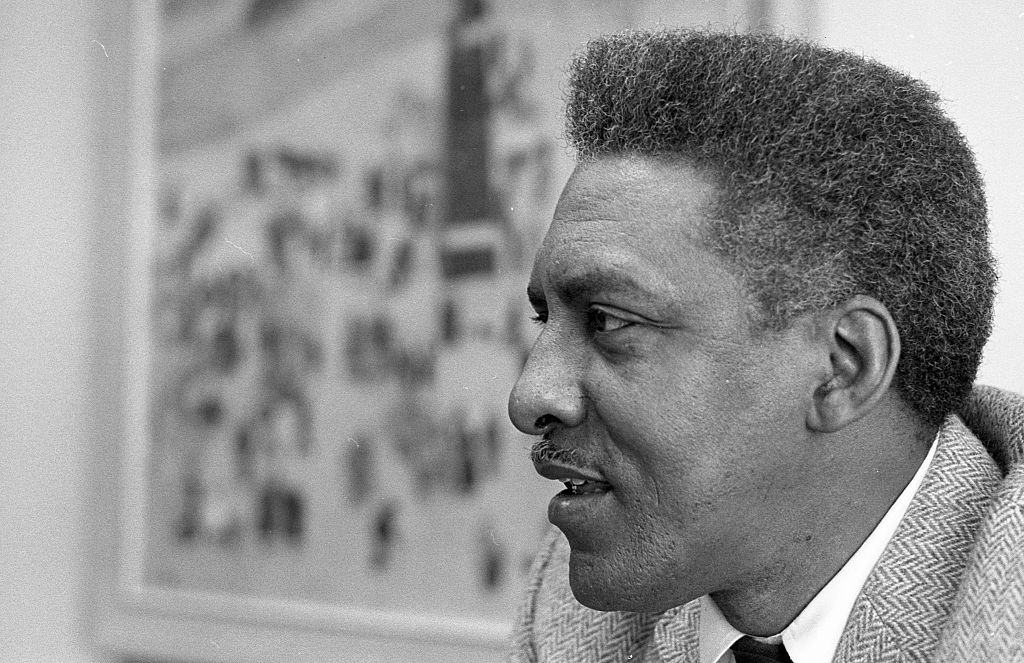
Source: Robert Elfstrom/Villon Films / Getty
Bayard Rustin was a Black civil rights, nonviolence and gay rights activist. He advised on and organized many important movements and policies, working with some of the biggest civil rights activists of the time. He even led an organization that fought for the de-segregation of unions. Throughout most of his life, Rustin concealed his sexuality. That being said, his legacy in civil rights had earned him the respect of the public. Eventually, his standing in society would be an incredible asset when he finally testified in favor of the New York State’s Gay Rights Bill in 1986. This bill would prohibit discrimination in housing, education, employment, credit and civil rights on the basis of sexuality.



